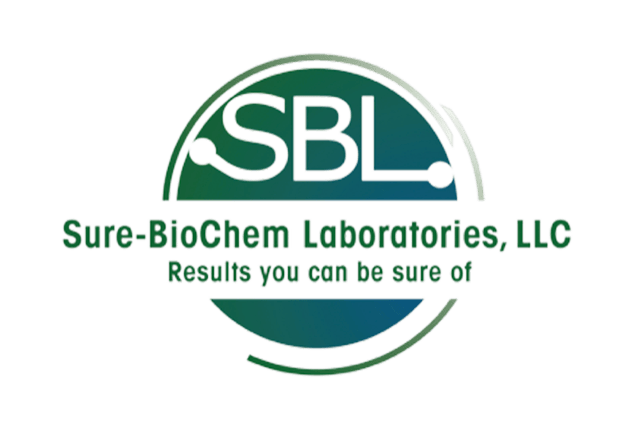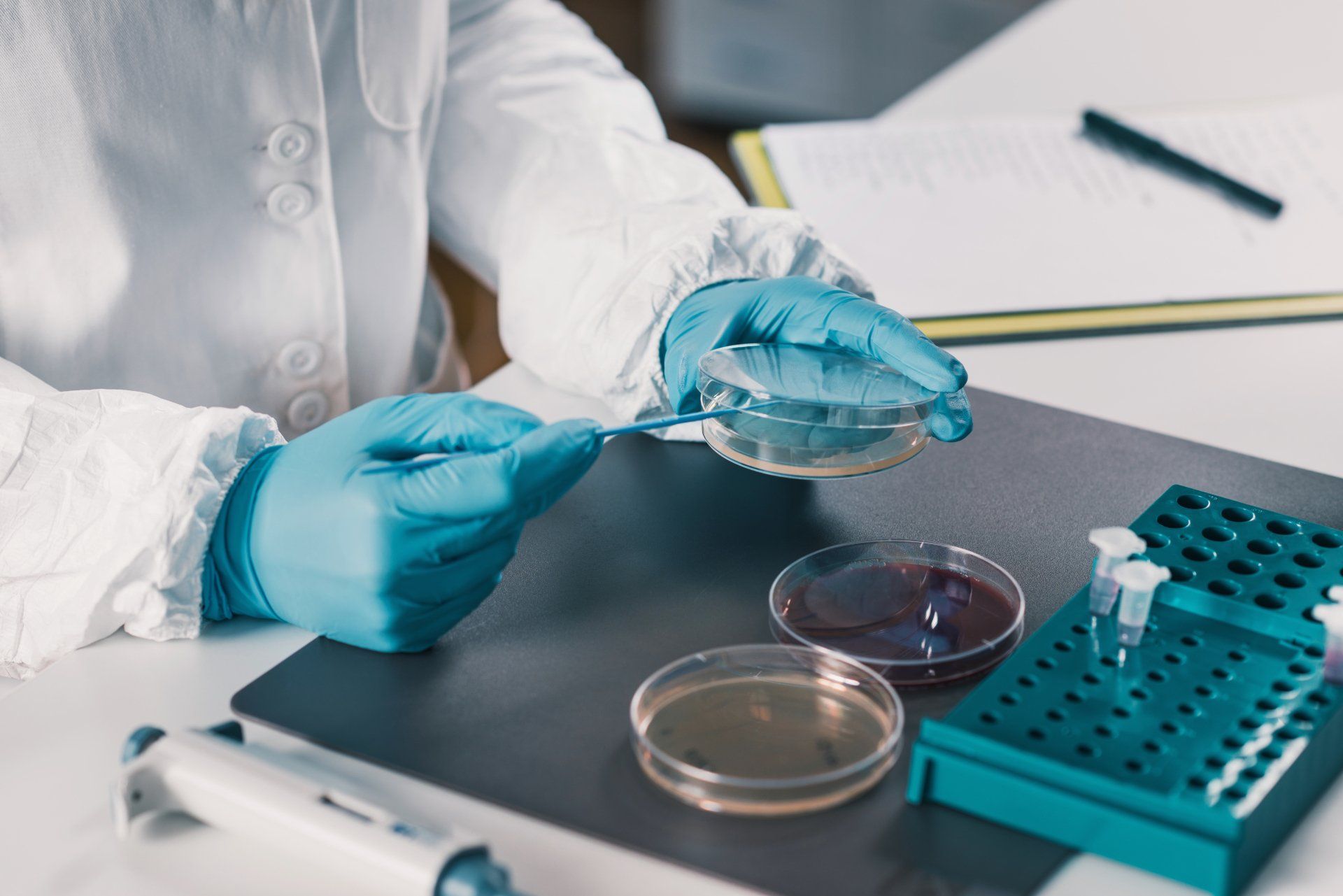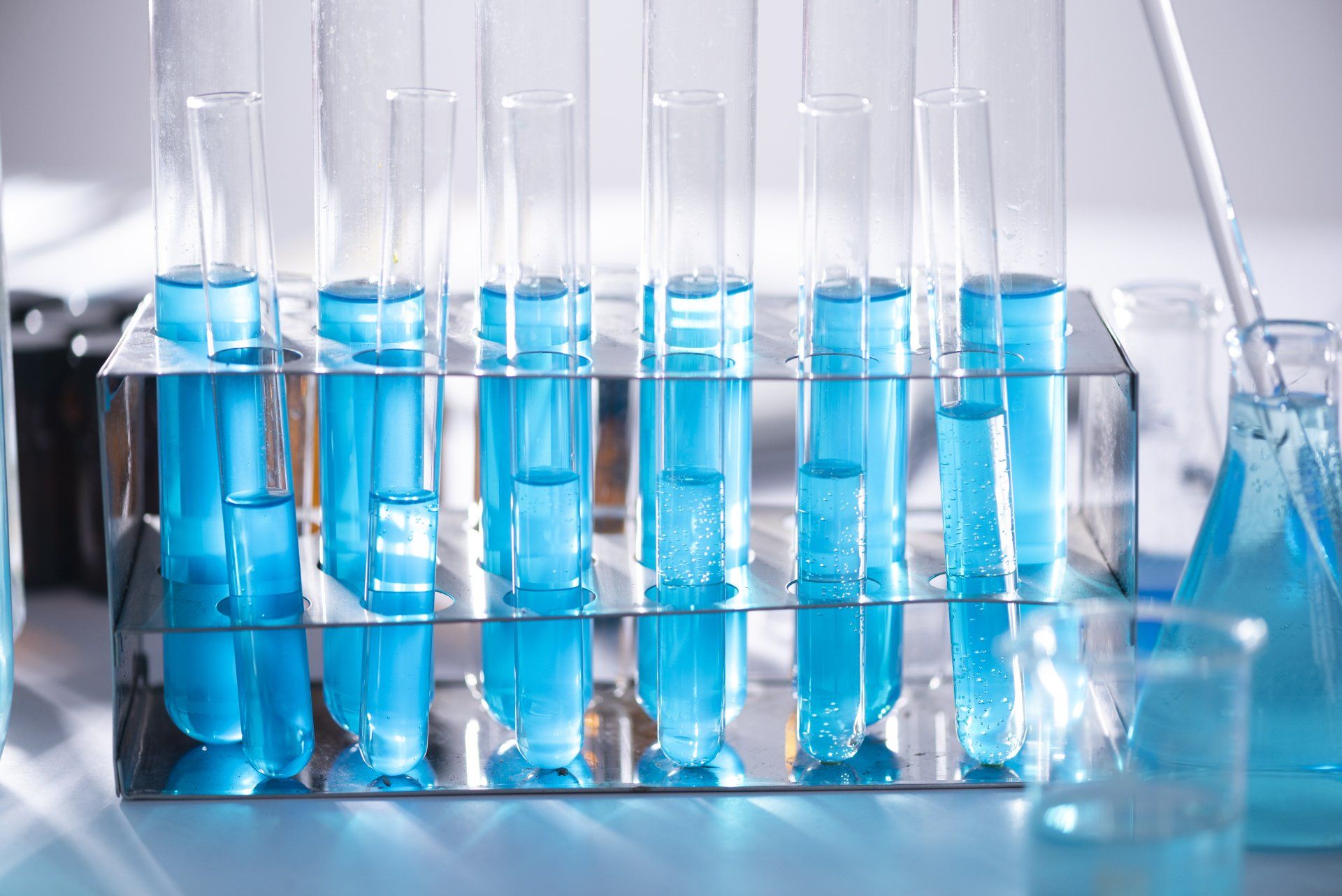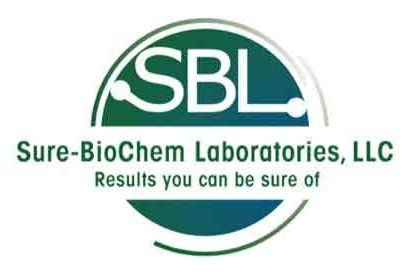USP Testing Services
Welcome to Sure-BioChem Laboratories – Your trusted partner in safeguarding public health through rigorous USP Testing standards.
Since 1820, the U.S. Pharmacopeial Convention (USP) has been the gold standard in establishing norms for the robustness, quality, and flawlessness of a wide range of products. As a globally recognized entity, USP sets the bar for quality in over 140 countries, making its principles not just a benchmark but a global necessity.
At Sure-BioChem Laboratories, we don't just adhere to these standards; we champion them. Our commitment to USP testing ensures your products — from pharmaceuticals and medical devices to foods and water — meet the highest quality and safety standards.
Request a Quote for USP Testing
Fill out the Testing Quote Form and take the first step to understand the critical importance of accurate and reliable microbiology testing.
USP Testing Services
USP Testing Process
1
Sample Collection & Preparation
Collect Samples: Obtain samples from the production line or finished products following sterile techniques to avoid contamination.
Prepare Samples: Depending on the test, prepare the samples by diluting, homogenizing, or otherwise processing them to ensure they are in the correct form for testing.
2
Test Selection
Identify Required Tests: Determine which USP tests are necessary based on the product type, regulatory requirements, and specific concerns (e.g., microbial load, sterility, presence of specific microorganisms).
Prepare Protocols: Follow standardized protocols as outlined in the relevant USP chapters.
3
Performing Tests
The performing tests phase is crucial to the USP testing process in microbiology labs. This phase involves executing various standardized tests to assess the quality and safety of pharmaceutical products. Key tests include:
4
Incubation and Observation
Incubate Samples: Place the inoculated media in appropriate incubators under specific conditions (e.g., temperature, humidity) for the required duration.
Monitor Growth: Observe and record microbial growth at specified intervals, ensuring proper documentation.
5
Data Analysis and Interpretation
Analyze Results:
Count colonies, identify microorganisms, and interpret the results according to USP guidelines. Compare microbial counts and the presence of specified organisms against acceptance criteria.
Calculate Endotoxin Levels:
It's of utmost importance to calculate the concentration accurately based on the LAL assay results for endotoxin tests. This directly impacts the safety of the products.
6
Quality Control and Validation
Include Controls:
Use positive and negative controls to ensure the accuracy and reliability of the test results.
Validate Methods:
Perform validation studies for new or modified methods to demonstrate their suitability for the intended use.
7
Reporting Results
Document Findings:
It's crucial to meticulously record all observations, test conditions, and results in a detailed report. This ensures the accuracy and reliability of the data, which is of utmost importance for quality control personnel, researchers, and supervisors.
Generate Reports: Compile the data into a comprehensive report, including interpretations, conclusions, and necessary corrective actions.
Review and Approve: Have qualified personnel review and approve the report before finalizing it.
8
Compliance and Follow-Up
Ensure Compliance: Verify that all testing procedures and results comply with USP standards and regulatory requirements.
Take Corrective Actions: If any results do not meet specifications, investigate the cause, implement corrective actions, and retest as necessary.
Maintain Records: Keep detailed records of all tests, results, and actions taken for regulatory compliance and future reference.
Tests we conduct for U.S. Pharmacopeial (USP)
USP <51> Antimicrobial Effectiveness Testing:
Assesses the effectiveness of antimicrobial preservatives in a pharmaceutical product.
USP <61> Microbial Enumeration Tests:
Determines the number of aerobic bacteria, yeast, and molds in non-sterile products.
USP <62> Tests for Specified Microorganisms:
Identifies the presence of specific harmful microorganisms, such as E. coli, Salmonella, Staphylococcus aureus, and Pseudomonas aeruginosa.
USP <85> Bacterial Endotoxins Test (BET):
Also known as the Limulus Amebocyte Lysate (LAL) test, it detects and quantifies bacterial endotoxins in pharmaceuticals.
USP <2021> Microbial Enumeration Tests for Nutritional and Dietary Supplements:
Determines the microbial load in nutritional and dietary supplements.
USP <2022> Tests for Specified Microorganisms in Nutritional and Dietary Supplements:
Identifies specific pathogens in nutritional and dietary supplements.
USP <2023> Microbiological Attributes of Nonsterile Nutritional and Dietary Supplements:
Provides guidelines for the acceptable levels of microorganisms in nonsterile nutritional and dietary supplements.
USP <1111> Microbiological Examination of Nonsterile Products:
Acceptance Criteria for Pharmaceutical Preparations and Substances for Pharmaceutical Use: This test outlines the acceptable criteria for the microbiological quality of nonsterile pharmaceutical products.
USP <1223> Validation of Alternative Microbiological Methods:
This test provides guidelines for validating alternative microbiological testing methods to ensure they are equivalent to the traditional USP methods.
Sure-BioChem Laboratories has been our trusted partner for years. Their expertise and attention to detail have been instrumental in maintaining our cleanroom's integrity. We highly recommend their services.
Why Sure-BioChem Labs for USP Testing?
- Expert Team: Our seasoned scientists are USP guidelines and testing procedures experts.
- Worldwide Recognition: Our testing is not just compliant with international standards, it aligns with them, making your products universally accepted.
- Punctuality is Key: We not only understand but prioritize the importance of deadlines in this industry, ensuring the timely delivery of results.
- Diverse Testing Capabilities: Our range of testing services is comprehensive and versatile, covering everything from pharmaceuticals to water quality.
At Sure-Biochem Laboratories, our mission is to uphold the standards of public health through meticulous and reliable testing.
Our USP testing services provide the foundation for uniform and dependable quality, giving consumers the confidence they need in your products.
Interested in learning more about how our USP testing services can benefit your business? Get in touch with us today for detailed information and to start ensuring the utmost quality and safety of your products.
Sure-BioChem Laboratories Industries we serve
Pharmaceutical
Food Industries
Governmental
BioPharma
Manufacturing
Cosmetic
Packaging
Environmental
Medical Devices




